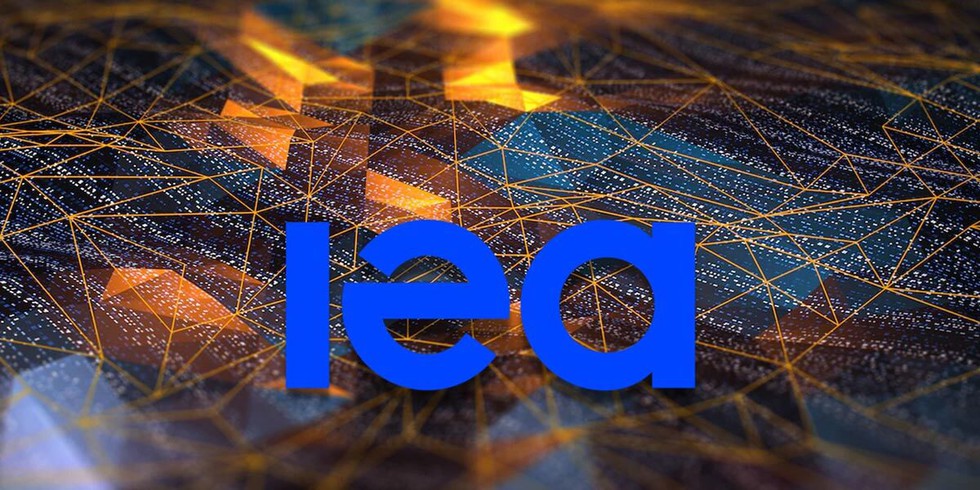
About International Energy Agency (IEA):
- It is an autonomous intergovernmental organisation within the Organisation for Economic Co-operation and Development (OECD) framework.
- Mission: It works with governments and industry to shape a secure and sustainable energy future for all.
- Background:
- It was created in response to the 1973-1974 oil crisis when an oil embargo by major producers pushed prices to historic levels and exposed the vulnerability of industrialised countries to dependency on oil imports.
- It was founded in 1974 to ensure the security of oil supplies.
- IEA’s mandate has expanded over time to include tracking and analyzing global key energy trends, promoting sound energy policy, and fostering multinational energy technology cooperation.
- It is the global energy authority, providing data, analysis, and solutions on all fuels and all technologies.
- In recent years, the IEA has also focused on renewable energy and initiatives focused on environmental protection and stopping climate change.
- Membership: It is made up of 31 member countries, 13 association countries, and 5 accession countries.
- Criteria for membership: A candidate country to the IEA must be a member country of the OECD. In addition, it must demonstrate several requirements.
- Crude oil and/or product reserves equivalent to 90 days of the previous year’s net imports, to which the government has immediate access (even if it does not own them directly) and could be used to address disruptions to global oil supply;
- A demand restraint programme to reduce national oil consumption by up to 10%;
- Legislation and organisation to operate the Co-ordinated Emergency Response Measures (CERM) on a national basis;
- Legislation and measures to ensure that all oil companies under its jurisdiction report information upon request;
- Measures are in place to ensure the capability of contributing its share of an IEA collective action.
- India joined this organization in 2017 as an Associate member.
- Reports published by IEA: World Energy Outlook, World Energy Balances, Energy Technology Perspectives, World Energy Statistics and Net Zero by 2050.
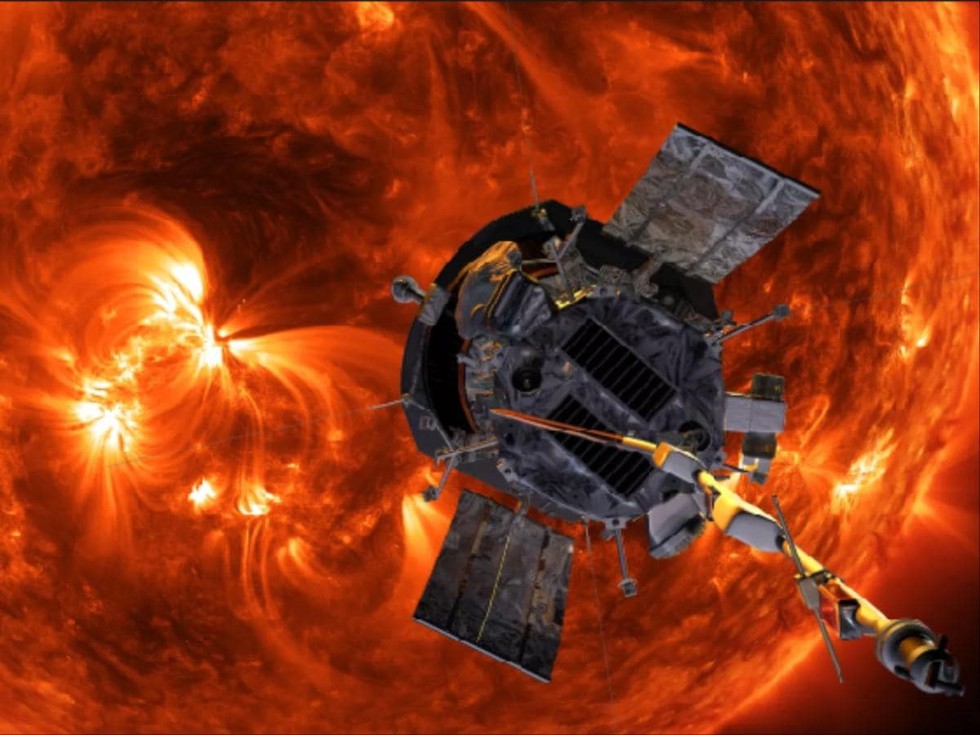
About Visible Emission Line Coronagraph (VELC):
- It is the primary payload of the Aditya-L1 Mission-India’s first mission to observe the Sun from a vantage point 1.5 million kilometres from the Earth.
- It is an internally occulted solar coronagraphcapable of simultaneous imaging, spectroscopy, and spectro-polarimetry close to the solar limb.
- It is built by the Indian Institute of Astrophysics (IIA) at its CREST (Centre for Research and Education in Science and Technology) campus at Hosakote, Karnataka.
- The VELC consists of a coronagraph, spectrograph, polarimetry module, and detectors, aside from auxiliary optics.
- Purpose:
- It will observe the solar corona, which is the tenuous, outermost layer of the solar atmosphere.
- VELC can image the solar corona down to 1.05 times the solar radius, which is the closest any such payload has imaged.
- It will analyze the coronal temperature, plasma velocity, density, etc.
- It will also study Coronal Mass Ejections (CMEs) and the solar wind.
What is a Coronagraph?
- It is a specialized instrument designed to block out the light of the sun so that researchers can glimpse the burning star's hot, thin, outermost layer, called the corona.
- The French astronomer Bernard Lyot invented the coronagraph in the 1930s.
- The sun's corona is normally visible only during solar eclipses when the moon's shadow covers the bright central layers of our parent star and allows its dimmer corona to appear.
- A coronagraph mimics this natural phenomenon with a circular mask that sits inside a telescope and selectively blocks the bulk of the sun's light.
- The specialized coronagraphs act as filters on the central star, allowing the tiny fragments of planetary light to shine through.
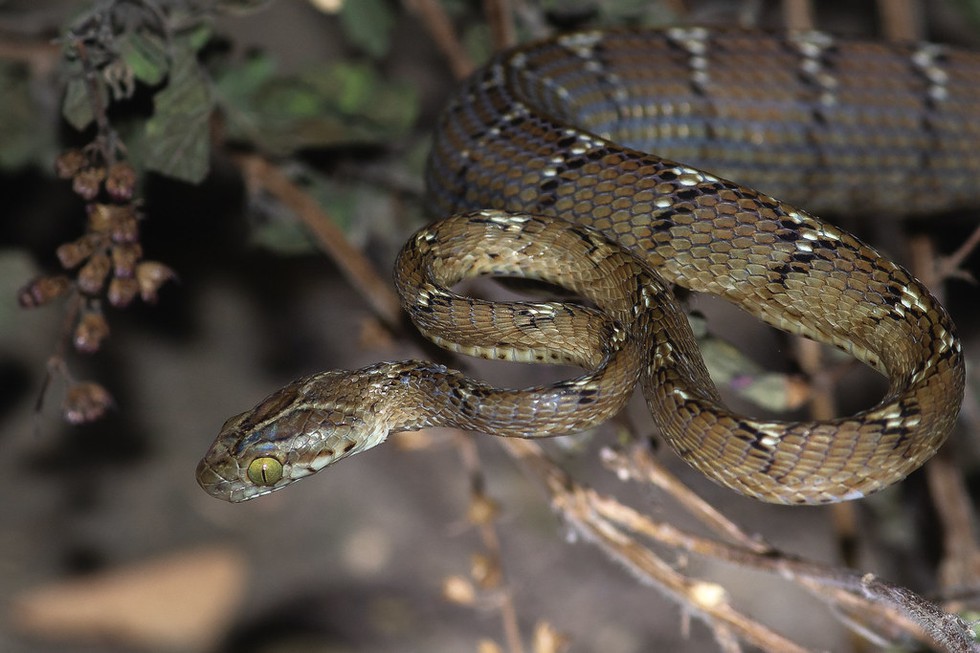
About Common Cat Snake:
- Common Cat Snake, also known as Indian gamma snake, is a species of rear-fanged snake endemic to South Asia.
- Scientific Name: Boiga trigonata
- In India, it is found all over the country, excluding north-east states after Sikkim; it is also, not found in Indian islands.
- Habitat: It can be found in almost all kinds of forests and wide ranges of elevations.
- While venomous, the Common Cat Snake's venom is not considered highly dangerous to humans. It primarily uses its venom to subdue prey.
- Features:
- It is a medium-sized snake that is usually found in the 70-100 cm range.
- Its body is slender, thin, and bears a thin tail.
- Its upper body colour is grey-brown, with cream-coloured irregular markings, margined with black colour.
- Its underside is yellow-white or yellow-brown.
- Its head is large, triangular-shaped, and distinctly broader than the neck.
- Unlike other cat snakes of its range, this species bears characteristic “gamma” or “Y”-shaped marking that helps in its quick identification on the field.
- Lifespan: 12-20 years
- Diet: It primarily consists of small vertebrates.
- IUCN Red List: Least Concern

About Minuteman III Missile:
- The LGM-30G Minuteman III is an American Intercontinental Ballistic Missile (ICBM).
- "L" in LGM is the US Department of Defense designation for silo-launched; "G" means surface attack; and "M" stands for guided missile.
- It first became operational in the early 1970s.
- It is the sole land-based component of the U.S. nuclear triad.
- It was designed and manufactured by the Boeing Corporation.
- Originally, it was only supposed to be kept in service for about ten years, but instead, it has been modernized as its replacement, the Ground-Based Strategic Deterrent (GBSD), is due to become available for use in 2029.
- It was the first U.S. missile fitted withmultiple independently targetable re-entry vehicles (MIRVs).
- The United States currently has an estimated 440 Minuteman III missiles in its arsenal.
- Features:
- It is a three-stage, solid-fuel missile.
- The missile is 18.2 m long with a diameter of 1.85 m and a launch weight of 34,467 kg.
- Speed: Approximately 15,000 mph (Mach 23 or 24,000 kph) at burnout (Hypersonic).
- It has a maximum range of 13,000 km and is capable of carrying a payload of three re-entry vehicles.
- It now carries a single nuclear warheadpursuant to arms control agreements between the United States and Russia.
- The Minuteman missiles are dispersed in hardened silos and connected to an underground launch control center through a system of hardened cables.
- It has a fast launch time, nearly 100 percent testing reliability, and backup airborne launch controllers to preserve retaliatory capabilities.

About Vitamin D:
- Vitamin D (also referred to as calciferol) is a fat-soluble vitamin that is naturally present in a few foods, added to others, and available as a dietary supplement.
- It is also produced endogenously when ultraviolet (UV) rays from sunlight strike the skin and trigger vitamin D synthesis.
- During periods of sunlight, vitamin D is stored in fatand then released when sunlight is not available.
- Foods that naturally have vitamin D include egg yolks, saltwater fish, and liver.
- Why is vitamin D so important?
- Vitamin D promotes calcium absorption and helps maintain adequate levels of calcium and phosphorus in the blood, which is necessary for healthy bones and teeth.
- Without sufficient vitamin D, bones can become thin, brittle, or misshapen.
- Vitamin D also plays a role in your nervous system, musculoskeletal system, and immune system.
- Vitamin D Deficiency:
- A lack of vitamin D can lead to bone diseases such as osteoporosis or rickets. Osteoporosis is a disease in which your bones become weak and are likely to fracture (break).
- With chronic and/or severe vitamin D deficiency, a decline in calcium and phosphorus absorption by your intestines leads to hypocalcemia(low calcium levels in your blood).
- This leads to secondary hyperparathyroidism (overactive parathyroid glands attempting to keep blood calcium levels normal).
- Both hypocalcemia and hyperparathyroidism, if severe, can cause symptoms, including muscle weakness and cramps, fatigue, and depression.
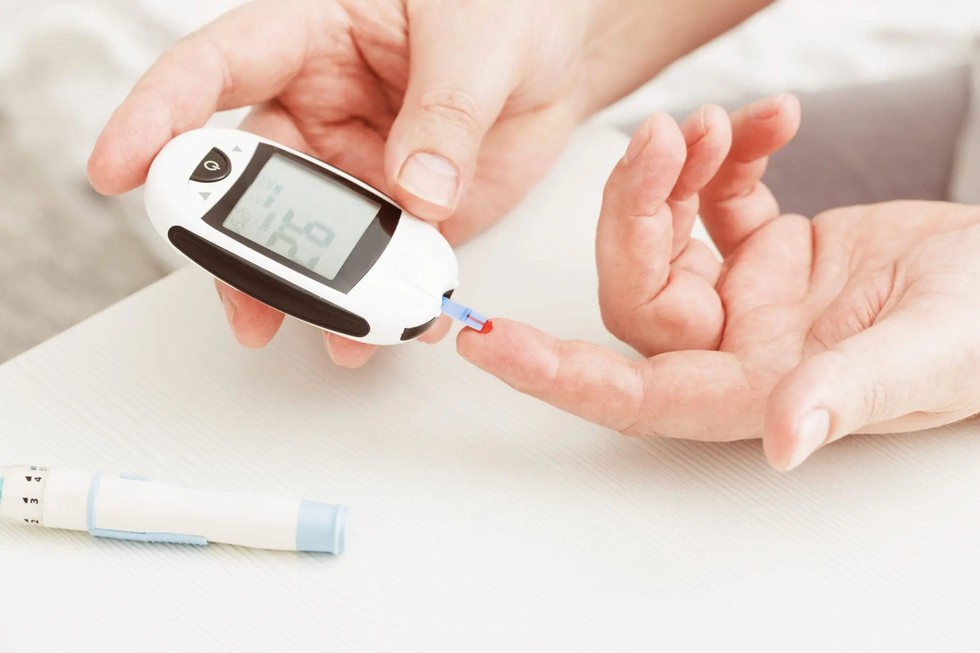
About IL-35 Protein:
- It is a specific protein of IL-12α and IL-27β chains.
- It helps protect against type 1 and autoimmune diabetes.
- It regulates macrophage activation, T-cell proteins and regulatory B cells.
- It inhibited pancreatic beta cell-attacking immune cells. Additionally, IL-35 lowered particular immune cells that produce inflammatory chemicals, reducing pancreatic cell infiltration, a key contributor in type 1 diabetes and autoimmune diabetes mellitus.
What is autoimmune diabetes mellitus?
- Autoimmune diabetes mellitus or T1DM is an organ-specific autoimmune disease.
- It affects the insulin-producing pancreatic beta cells after an inflammatory process, leading to a chronic deficiency of insulin in genetically susceptible individuals.
- It ultimately results in lifelong dependence on exogenous insulin.
- It is a complex multifactorial diseasein which both genetic susceptibility and environmental factors promote the autoimmune responses against beta cells.
- Several environmental risk factors have been suggested as candidate triggers of islet autoimmunity, including certain viruses higher birthweight, infant weight gain, dysbiosis of the gut microbiota and various dietary factors (e.g., vitamin D deficiency, omega-3 fatty acid deficiency, high milk consumption)
- There are no preventive or immunosuppressive therapies that can prevent damage or disease manifestations.
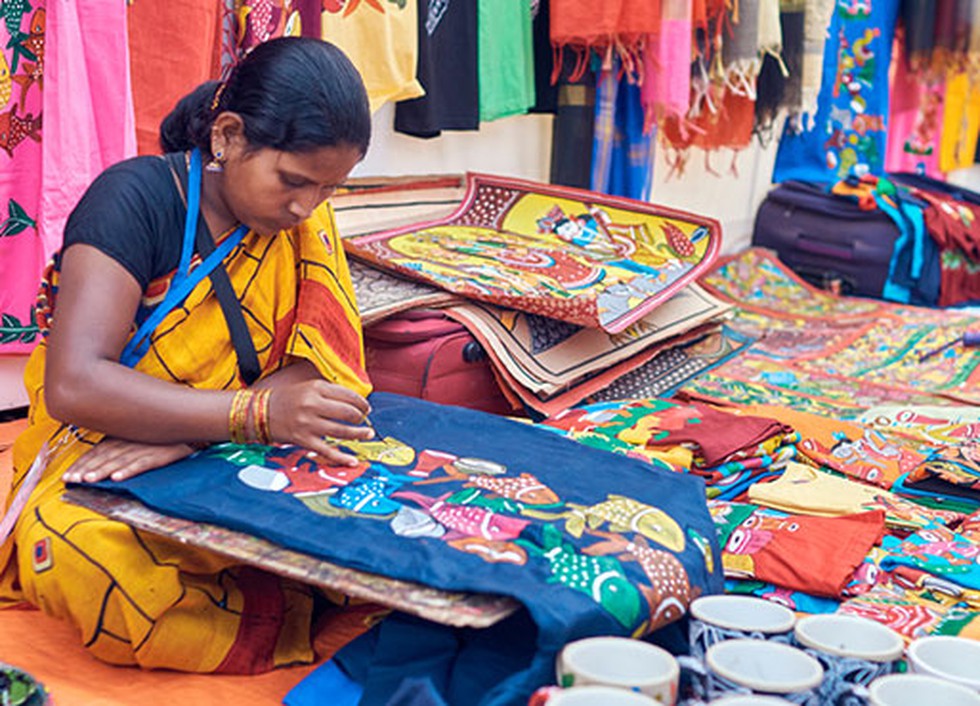
About PM Vishwakarma Yojana:
- It is a central sector scheme launched by the Ministry of Micro, Small, and Medium Enterprises.
- It offers services like market linkage support, skill training, and incentives for digital transactions to artisans and craftspeople engaged in specified trades.
- Time period: Five years (FY 2023-24 to FY 2027-28).
- Aim:
- To strengthen and nurture the Guru-Shishya parampara, or family-based practice of traditional skills by artisans and craftspeople working with their hands and tools.
- The scheme also aims at improving the quality as well as the reach of the products and services of artisans and craftspeople and to ensure that the Vishwakarmas are integrated with the domestic and global value chains.
Eligibility& coverage:
- It is available for rural and urban artisans and craftsmen across India.
- It covers 18 traditional crafts such as Boat Maker; Armourer; Blacksmith; Hammer and Tool Kit Maker; etc.
- Five lakh families will be covered in the first year and 30 lakh families over five years.
Key Benefits
- Enhanced Access to Tooling Facilities: Improves MSMEs' access to tooling resources, boosting their efficiency and productivity.
- Industry-Ready Manpower:Provides training programs to equip participants with skills that meet industry standards.
- Support for Process and Product Development:Facilitates development initiatives within relevant sectors to enhance competitiveness.
- Consultancy and Job Work Services:Offers tailored consultancy and job work to address the specific needs of various industries.
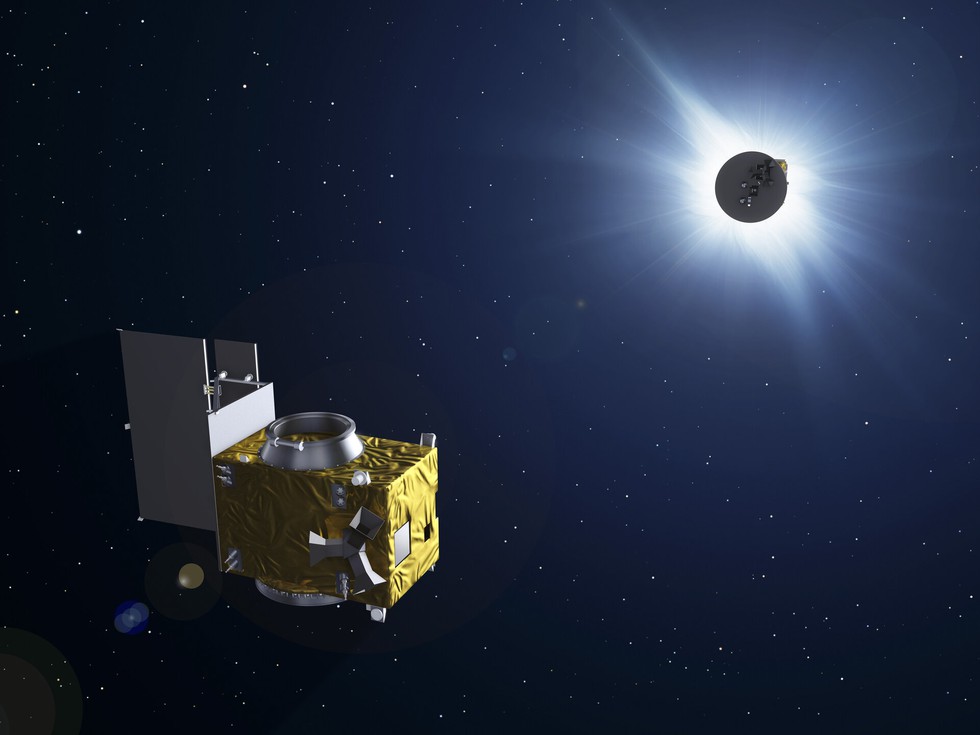
About Proba-3 Mission:
- It is the European Space Agency's (ESA) first mission dedicated to precision formation flying.
- It is an innovative mission which will demonstrate precision formation flyingbetween two satellites to create an artificial eclipse, revealing new views of the Sun’s faint corona.
- The core objective of the mission is to create an artificial eclipse by precisely coordinating two independent satellites. This capability will enable scientists to observe the Sun's corona, a region typically obscured by the intense brightness of the Sun.
- It consists of two small satellites — a Coronagraph spacecraft and a solar-disc-shaped Occulter spacecraft.
- Working
- By flying in tight formation about 150 metres apart, the Occulter will precisely cast its shadow onto the Coronagraph’s telescope, blocking the Sun’s direct light.
- This will allow the Coronagraph to image the faint solar corona in visible, ultraviolet and polarised light for many hours at a time.
- It will provide new insights into the origins of coronal mass ejections(CMEs) — eruptions of solar material that can disrupt satellites and power grids on Earth.
- The mission will also measure total solar irradiance, tracking changes in the Sun’s energy output that may influence Earth’s climate.

About Exercise VINBAX 2024:
- It is a bilateral army exercise conducted between India and Vietnam.
- This edition marks a significant increase in the scope with Bi Service level participation for the first time by personnel of Army and Air Force from both the countries.
- The Indian Army contingent comprising 47 personnel is being represented by a Regiment of the Corps of Engineers along with personnel from other arms and services.
- VINBAX-2024 aims to enhance the joint military capability of both sides in the employment and deployment of Engineer Companies and Medical Teams to undertake engineering tasks as part of the United Nations Contingent in Peace peacekeeping operations under Chapter VII of the United Nations Charter.
- The conduct of VINBAX-2024 as a field training exercise with enhanced scope from previous editions of bilateral exercise will strengthen mutual confidence, interoperability and enable sharing of best practices between the Indian Army and Vietnam People’s Army.
- A 48 hours Validation Exercise with Humanitarian Assistance & Disaster Relief demonstration and equipment display is also part of the schedule to assess the standards achieved by both contingents
- The joint exercise will also provide an opportunity to the troops of both the Contingents to learn about the social and cultural heritages of each other.
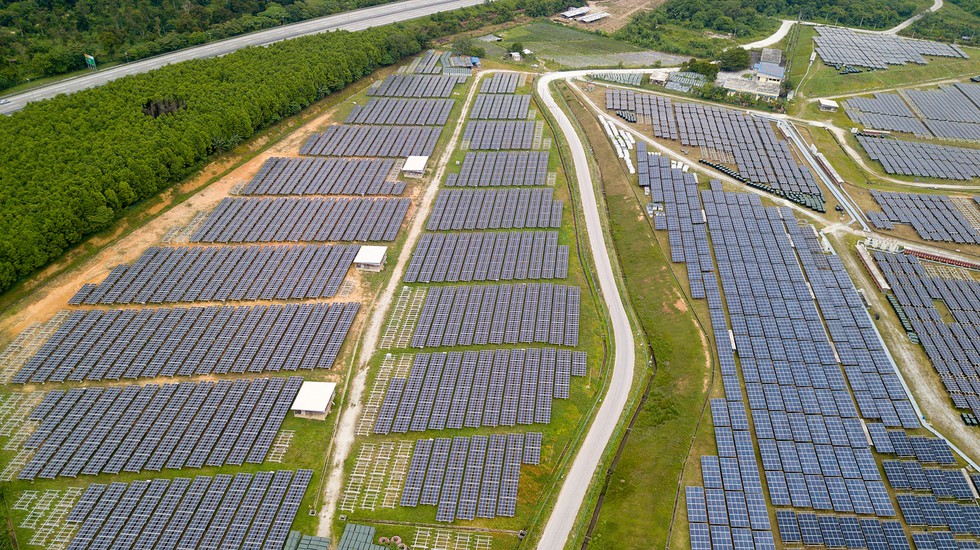
About Gravity Energy Storage:
- It is a new technology that stores energy using gravity.
- How it works?
- It involves lifting a heavy mass during excess energy generation and releasing it to produce electricity when demand rises or solar energy is unavailable.
- The types of weights used are often water, concrete blocks or compressed earth blocks.
- Unlike pumped-hydro energy storage, gravity energy storage offers more flexibility in site selection.
- A typical setup involves a heavy piston within a fluid-filled cylindrical container.
- When solar energy production exceeds demand, surplus electricity lifts the piston, converting the surplus electrical energy into stored energy.
- When demand surpasses supply, the piston descends, driving water through a turbine to generate electricity supply to meet demand.
- Advantages
- It can last for decades with minimal maintenance, unlike batteries that degrade over time.
- It avoids harmful chemical reactions, reducing environmental impact and disposal issues, an important consideration in the move towards a greener planet.
- It can also be more cost-effective for large-scale applications, with lower level costs of energy and storage.
- It is particularly advantageous in areas with space constraints or environmental concerns that restrict the deployment of other storage systems.


























































































































































.png)
.png)
.png)
.png)
.png)


.png)
.png)
.png)





.png)
.png)






.png)
.png)
.png)
.png)
.png)
.png)
.png)
.png)
.png)

.png)







.png)
.png)


.png)
.png)
.png)


.png)

.png)
.png)





.jpg)

.png)
.png)


.png)

.png)
.png)
.png)

.jpg)

.jpg)


.png)

.png)
.png)
.png)
.png)
.png)
.png)
.png)
.png)
.png)
.png)




.png)

.png)





.png)
.png)
.png)
.png)
.png)
.png)
.png)
.png)
.png)
.png)
.jpg)
.jpg)

.png)
.png)
.png)
.png)
.png)
.png)
.png)
.png)
.png)
.png)
.png)
.png)
.png)
.png)
.png)
.png)
.png)
.png)
.png)
.png)
.png)
.png)



.png)
.png)

.jpg)
.jpg)


.jpg)
.jpg)
.jpg)
.jpg)
.jpg)

.jpg)








.jpg)
.jpg)
.jpg)
.jpg)
.jpg)

















.jpg)
.jpg)







.jpg)


















.jpg)
.jpg)






























































































.jpg)
.jpg)


























.jpg)

.jpg)










.jpg)








.jpg)




.jpg)










.jpg)


















.jpg)












































.jpg)














.jpg)
.jpg)
.jpg)





.jpg)

.jpg)
.jpg)





































































.jpg)


































.jpg)
.jpg)
















































.jpg)












.jpg)


.jpg)




.jpg)
.jpg)
.jpg)

.jpg)
.jpg)
.jpg)
.jpg)

.jpg)
.jpg)
.jpg)

.jpg)
.jpg)
.jpg)
.jpg)
.jpg)
.jpg)
.jpg)
.jpg)

.jpg)


.jpg)
.jpg)
.jpg)
.jpg)
.jpg)
.jpg)
.jpg)
.jpg)
.jpg)
.jpg)











.jpg)
.jpg)





.jpg)
.jpg)
.jpg)
























.jpg)
























.jpg)









.jpg)
.jpg)







.jpg)
.jpg)









































.jpg)
.jpg)
.jpg)
.jpg)
.jpg)

.jpg)
.jpg)
.jpg)
.jpg)
.jpg)


.jpg)
.jpg)
.jpg)
.jpg)
.jpg)

.jpg)
.jpg)
.jpg)
.jpg)
.jpg)
.jpg)
.jpg)
.jpg)
.jpg)
.jpg)
.png)

.png)
.png)

.png)
.png)
.png)
.png)


.jpg)
.jpg)

.jpg)
.jpg)
.jpg)

.png)
.png)
.png)
.png)
.png)
.png)
.png)

.png)
.png)
.png)
.png)
.png)
.png)
.png)
.png)
.png)
.png)





































































-min.png)



.png)




.png)








































